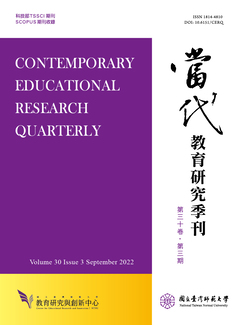

This study compared the geometry content of instructional materials used at the elementary school level in Taiwan and Finland. The instructional materials reviewed were the Kang Hsuan textbooks used in Taiwan and the WSOY textbooks used in Finland. The methodology employed was content analysis with curriculum objectives and mathematics problems as the analytic units. The analytic categories used in the data analysis were researcher designed and were subsequently used to comparatively analyze the curriculum objectives and the characteristics of the geometry instructional materials in the textbooks. The findings showed that understanding the features of geometric shapes through operations was emphasized in the curriculum objectives of both countries’ textbooks. With regard to the mathematical content of the instructional materials, most of the problems in both textbooks were classified as “identification and establishment of geometric shapes,” with many fewer objectives and problems classified as “spatial geometry.” Data also showed that Taiwan’s textbooks used pictures along with text to present geometric problems, and intended students to conclude and discover the features and definitions of geometric shapes through problem solving, while Finland’s textbooks mainly used pictures to present problems. The sequence and structure of geometric concepts in the textbooks of both countries were very consistent with the theoretical principles set forth by van Hiele on geometric thinking and development.

This work is licensed under a Creative Commons Attribution-NonCommercial 3.0 Taiwan License.
Center for Educational Research and Innovation, National Tawain Normal University
162, Ho-Ping East Rd, Sec. 1, Taipei, Taiwan | Tel:+886-2-7749-3670 | E-mail: cerecerq@gmail.com
CERI | NTNU | E-mail Alerts | Open Journal System
© 2014 CERI-NTNU
